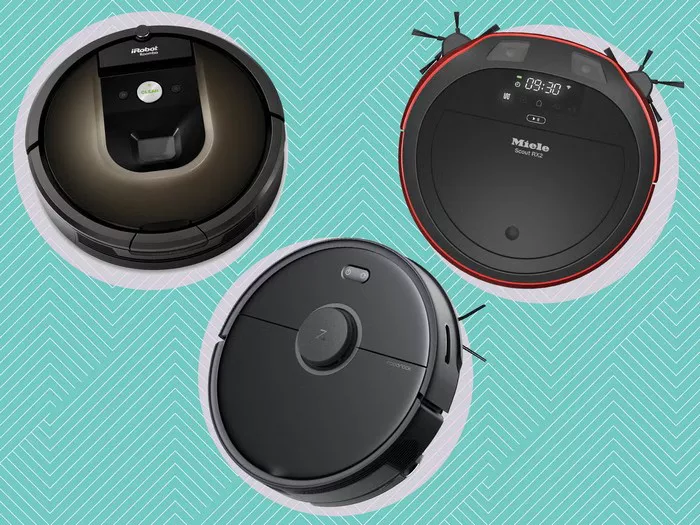The global household vacuum cleaners market is set for significant growth, according to a recent report by Allied Market Research. In 2021, the market generated $15,313.3 million and is projected to reach $29,133.8 million by 2031, growing at a steady CAGR of 6.1% from 2022 to 2031. This report serves as a crucial resource for market leaders, new entrants, investors, and stakeholders, aiding them in formulating strategic plans to fortify their market presence.
Vacuum cleaners, essential household appliances designed to suction dust and small particles from floors and other surfaces, are witnessing rising demand driven by hygiene awareness and improved living standards. Furthermore, the prevalence of respiratory ailments caused by dust particles is boosting sales, particularly in developed nations. The Asia-Pacific region, fueled by a growing population of tech-savvy consumers, is witnessing a notable surge in demand. Similarly, Middle Eastern and African countries are expected to witness increased adoption among middle to high-income households seeking convenience and advanced solutions.
The market analysis categorizes the household vacuum cleaners market based on product type, sales channel, and region. Product categories include upright, canister, central, drum, wet/dry, robotic, and others, while types are divided into corded and cordless variants. Sales channels encompass online and offline modes, analyzed across key regions such as North America, Europe, Asia-Pacific, and LAMEA (Latin America, Middle East, and Africa).
Among the key trends identified, the robotic vacuum cleaners segment, valued at $2,596.8 million in 2020, is projected to grow significantly to $6,418.1 million by 2031, achieving a robust CAGR of 8.6%. This growth is attributed to their automation capabilities and ongoing technological advancements expected to lower costs and drive further demand.
In terms of type, the corded segment, valued at $4,615.1 million in 2020, is anticipated to grow to $9,586.3 million by 2031, registering a CAGR of 6.9%. This segment holds a significant market share owing to its superior suction power and longer operational duration when plugged into mains, making it ideal for heavy-duty cleaning tasks.
The online sales segment has emerged as a substantial contributor to market revenue, driven by the expanding e-commerce landscape globally. The convenience and competitive pricing offered online are attracting a growing number of consumers, with expectations of further growth in the future.
North America is positioned as a key market player, maintaining a substantial market share throughout the forecast period. Technological advancements and high adoption rates of new technologies are pivotal drivers in this region, with innovations such as quieter operation, extended battery life, and compact designs enhancing consumer appeal. The robotic vacuum cleaner segment, in particular, is witnessing widespread adoption due to its convenience.
Major players profiled in the report include Bissell, Inc., Dyson Ltd., Electrolux AB, Haier Electronics Group Co., Ltd., iRobot Corporation, Koninklijke Philips N.V., LG Electronics, Inc., Miele & Cie. KG, Panasonic Corporation, and Samsung Electronics Co., Ltd. These companies are actively engaged in product innovation and strategic initiatives to maintain their competitive edge in the evolving household vacuum cleaners market.
In conclusion, the global household vacuum cleaners market is poised for robust growth driven by technological advancements, changing consumer preferences, and increasing awareness about hygiene standards. Stakeholders across the industry are urged to capitalize on these opportunities to strengthen their market positions and meet evolving consumer demands effectively.

